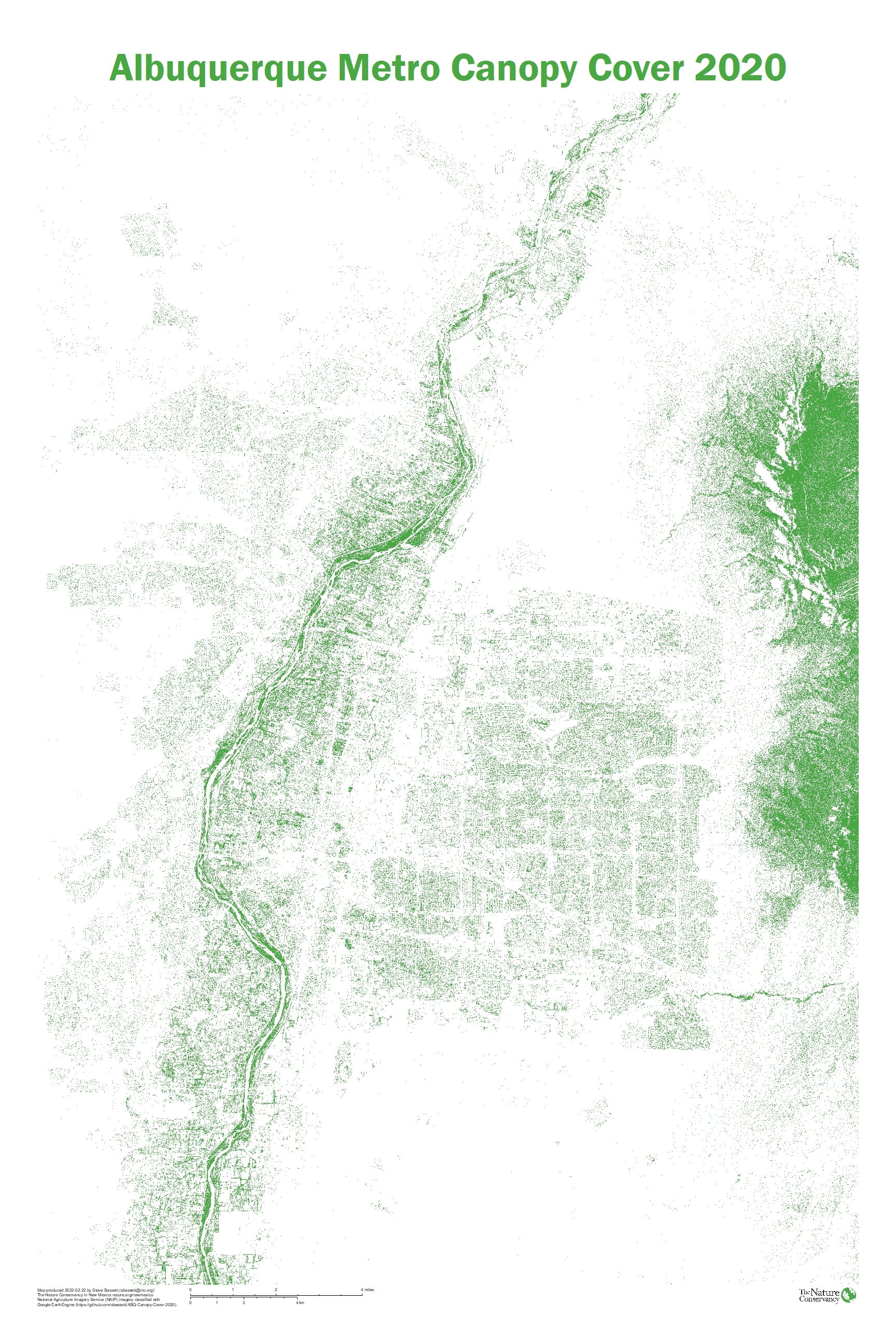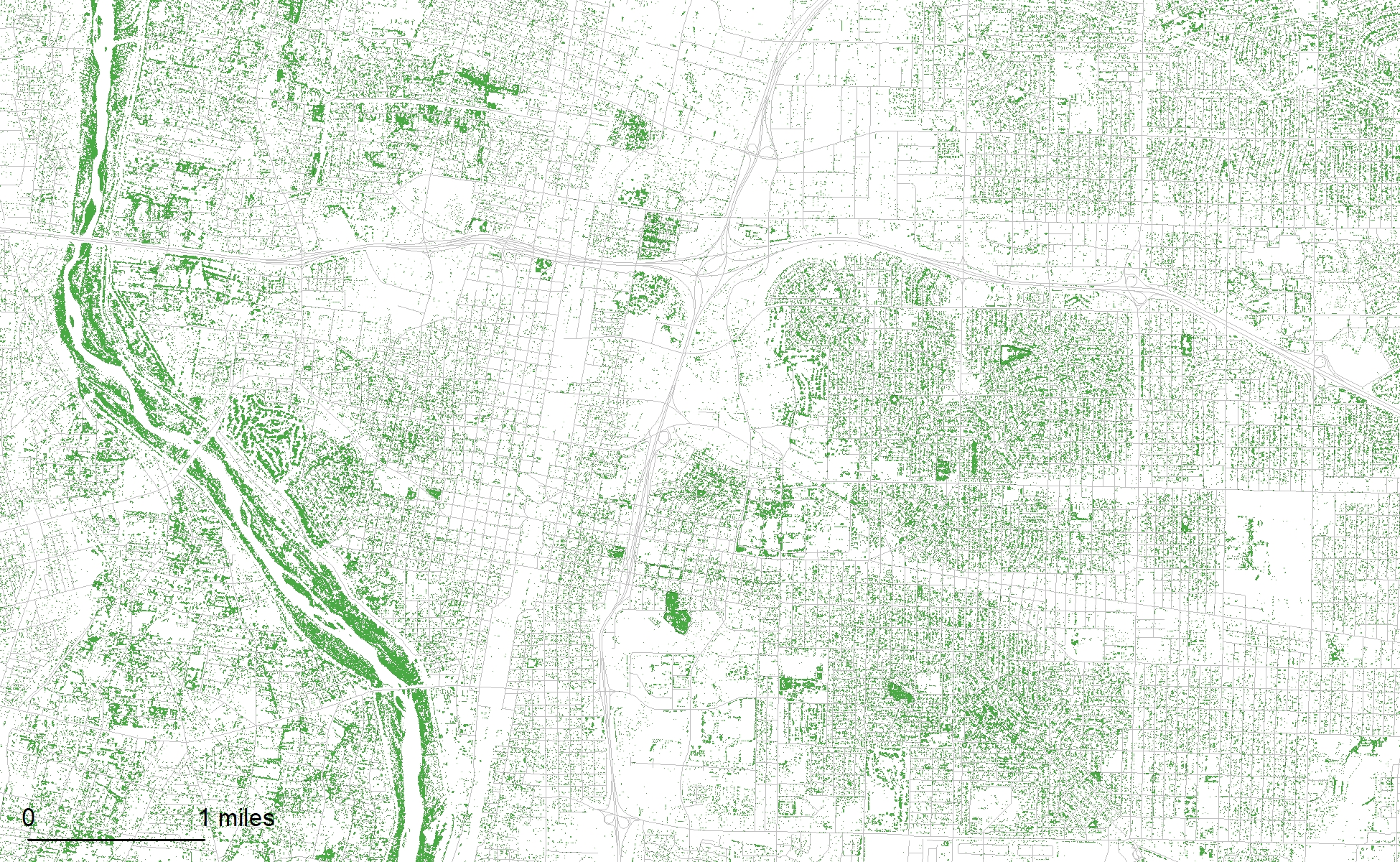Wildfires in the West are increasing in size and severity, driven by unhealthy fuel conditions, and a warming, drying climate. Impacts to communities and watersheds do not end when burning stops. Post-fire processes—flooding, erosion, invasive exotic species and loss of watershed function—can last for decades and have profound impacts on communities far outside the original fire boundary and to species reliant on intact forests. Climate change is exacerbating fire severity and size, and in some areas it creates uncertainty for post-fire vegetative recovery. In the Southwest, there are concerns that large, severely burned landscapes in pine and mixed conifer forests won’t reestablish in the warmer drier climatic regime. Through our experience with large fires, we have realized that we need to extend our fire management and science work to encompass the full fire cycle — prefire mitigation, good fire practice, and appropriate response after fire.
TNC works with partners to address postfire impacts
Since 2015, TNC has been working with a broad set of collaborators, to address the growing need for a more comprehensive postfire response, through a “Burned Area Learning Network”, an initiative of TNC’s well-established Fire Learning Network. A learning network is an intentional collaborative effort that brings people together on a topic to share ideas and accelerate the transfer of new knowledge. Learning networks provide a way to successfully attack complex problems because they bring together people working on different elements of the post-fire problem, who can then effectively share their solutions with many other people, who in turn offer their own take on the questions and answers important to them.
The goal of the Burned Area Learning Network (BALN) is to accelerate learning by peer-to-peer knowledge sharing to improve social and ecological outcomes following wildfire. Through our collaborative efforts we seek to:
improve the accuracy and utility of short- and long-term post-fire risk assessment;
increase worker safety during burned area assessment and restoration;
improve inter- and intra-agency relationships and policies; and
develop new science-based cooperative strategies for post fire response.
The premise of the BALN is that is that we can achieve better outcomes by conducting pre-fire planning that includes post-fire response. We can engage communities and land managers in a non-emergency setting and provide the most efficient way to integrate the existing science, share lessons learned, and develop an adaptive feedback mechanism to incorporate new information
By working collaboratively, the Burned Area Learning Network has been creating opportunities to share lessons learned during postfire recovery, and to create tools to prepare for and mitigate potential impacts.
Recent products of the BALN partners
https://tnc.box.com/s/s3kmbj66ojtju7lm15hsxwd8fq11bakp
Joint learning on the ground
Manzano Moutains Field Tour
Santa Clara Canyon Field Tour including small scale erosion control techniques
State of the Knowledge: postfire response summary paper
Cross-boundary coordination
3 state postfire field tour storymap Describes the topics discussed on large burned areas in Colorado, Arizona and New Mexico
Postfire collaborative workshop Wenatchee, Washington 2017
Longer term postfire recovery efforts
The ongoing recovery of Santa Clara Pueblo after the 2011 Las Conchas Fire A Tribe's Collaborative Journey To Develop Forest Resiliency (arcgis.com)
The Joint Fire Science Program’s Southwest Fire Science Consortium has hosted multiple webinars and working papers on postfire environments. Their offerings can be found here:
https://www.swfireconsortium.org/tag/post-fire-environment-management/
Policy considerations
Federal policies that guide or constrain postfire emergency response
Prefire Planning
The Greater Santa Fe Fireshed is a 107,000 ac. landscape in the southern Sangre de Cristo Mountains in New Mexico. Collaborators have evaluated by the risk of wildfire and postfire flooding and debris flows. Prefire planning for postfire response in the Greater Santa Fe Fireshed
Postfire preparation during Community Wildfire Protection Plan revisions:
Village of Angel Fire, New Mexico
Black Forest, Colorado
Rio Arriba County, New Mexico
Postfire risk assessments links to NMFO- create summary sheets?
Community resources after fire
The After Wildfire website with financial and other resources for community recovery https://afterwildfirenm.org/
TNC Nature Based Hazard Mitigation and use of FEMA grant opportunities Promoting Nature Based Hazard Mitigation
Colorado Postfire Playbook provides an actionable worksheet that includes specific and critical steps to take and contacts to make before, during, and within the first 30 days of a fire to facilitate community recovery.
Postfire restoration science and landscape strategies
The East Jemez Landscape Futures Project https://www.eastjemez.org/ and https://tnc.box.com/s/ig6od45fa8grrhermqzmji2q7lop391y
Postfire Management in Southwestern Conifer Forests ( presentations at the Ecological Society of America meeting August, 2020) Postfire mgt of SW Conifer Forests
Reforestation
Climate adapted postfire reforestation WCS factsheet
Description of work needed to reforest after fire. After the Fire: Reseeding New Mexico's Future











